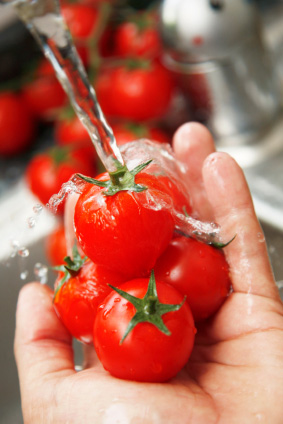 Concerned about pesticides on your fruits and veggies? Shop organic as much as you can. I recently saw a chart from a book that has become one of my favorite resources – it’s by George Majelian.
Concerned about pesticides on your fruits and veggies? Shop organic as much as you can. I recently saw a chart from a book that has become one of my favorite resources – it’s by George Majelian.
He calls the chart the “dirty” dozen: If you only have enough room in your grocery budget for a few organic “must haves”, zero in on cherries, peppers, celery, spinach, lettuce, potatoes, peaches, apples, nectarines, strawberries, pears, and grapes – since the conventional versions can be heavily treated.
If your budget doesn’t allow for any organics at all, your best bet it to always wash well before cooking. Studies show that plain water works (or a solution of 3 : 1 water to white vinegar) to wash fruits and veggies with hard peels or surfaces.
For lettuces, broccoli, and cauliflower, fill a clean sink with water and soak. Lift out your vegetables and drain in a colander. Researchers say that expensive vegetable washes don’t remove any more dirt and pesticides compared to good old H2O or the vinegar method.
What about Wax?
Vegetable producers and grocery stores wax some fruits and vegetables to make them look more appealing.
Health experts say that the wax is harmless, however, I’d prefer not to have it because I like to eat the peel and all when it comes to fruits and veggies. If you want to totally avoid waxed produce, shop at your local farmer’s market as much as possible.
Rubbing with a paper towel just smears the wax around without removing it, but you can always rely on a good quality, sharp peeler if there are no farmer’s markets in sight. I’ve even peeled peppers with my potato peeler that works equally well on apples, pears, cucumbers, and potatoes that all tend to be waxed.
Related Posts:
- How can cleaning out your kitchen save on waste?
- Find out how to incorporate less meat and more whole grains into your diet.
- And just where does our food come from?


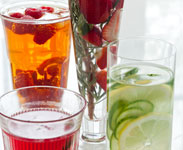 Are you ready to look better, feel more energized, and get back that youthful feeling you remember having as a kid? I can help you on a journey that will change the way you eat — for good. My
Are you ready to look better, feel more energized, and get back that youthful feeling you remember having as a kid? I can help you on a journey that will change the way you eat — for good. My 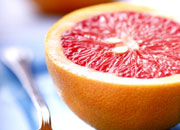
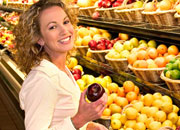

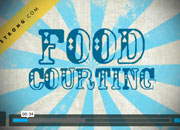
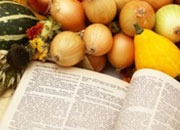
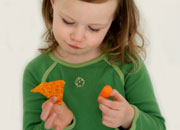






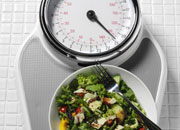
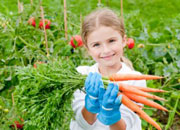

 As a healthy cooking expert, health coach and TV host,
As a healthy cooking expert, health coach and TV host, 

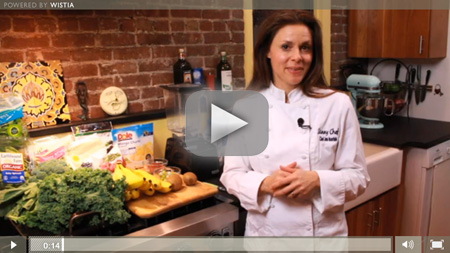
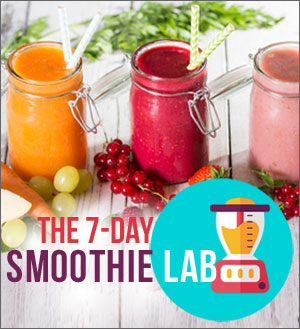
Speak Your Mind